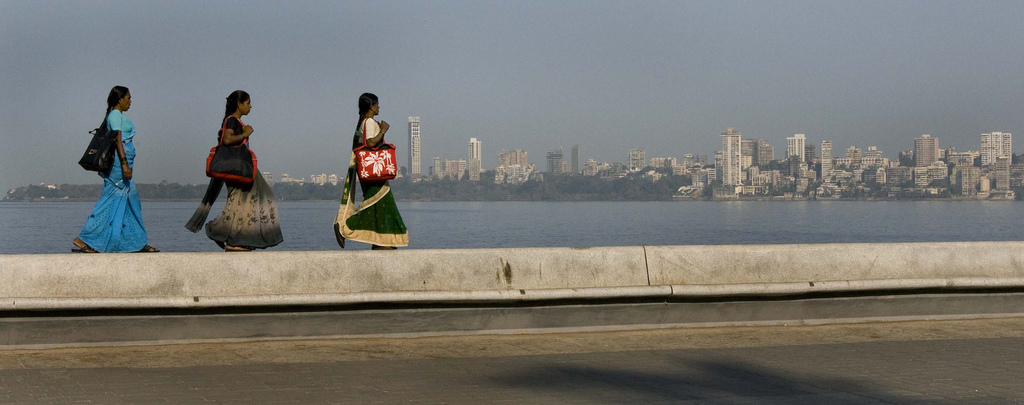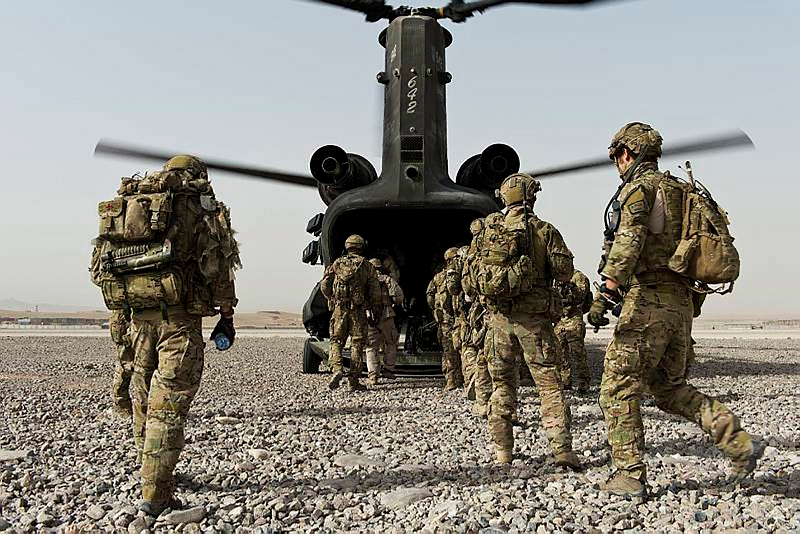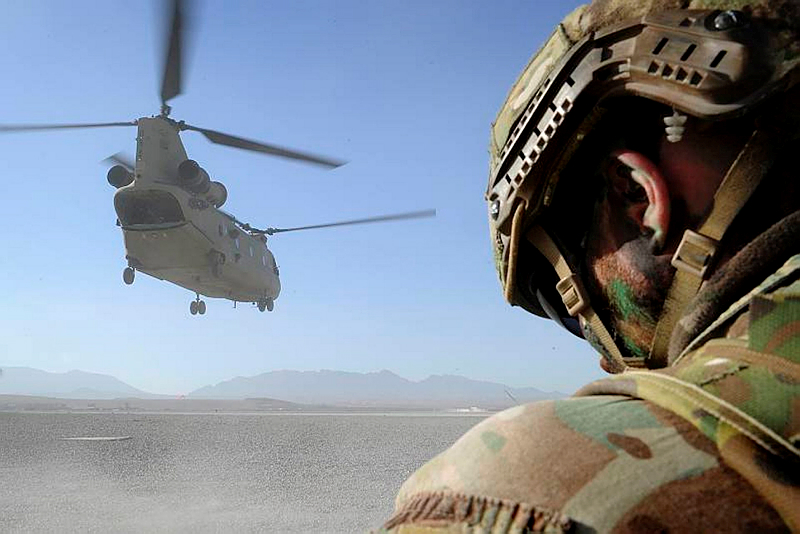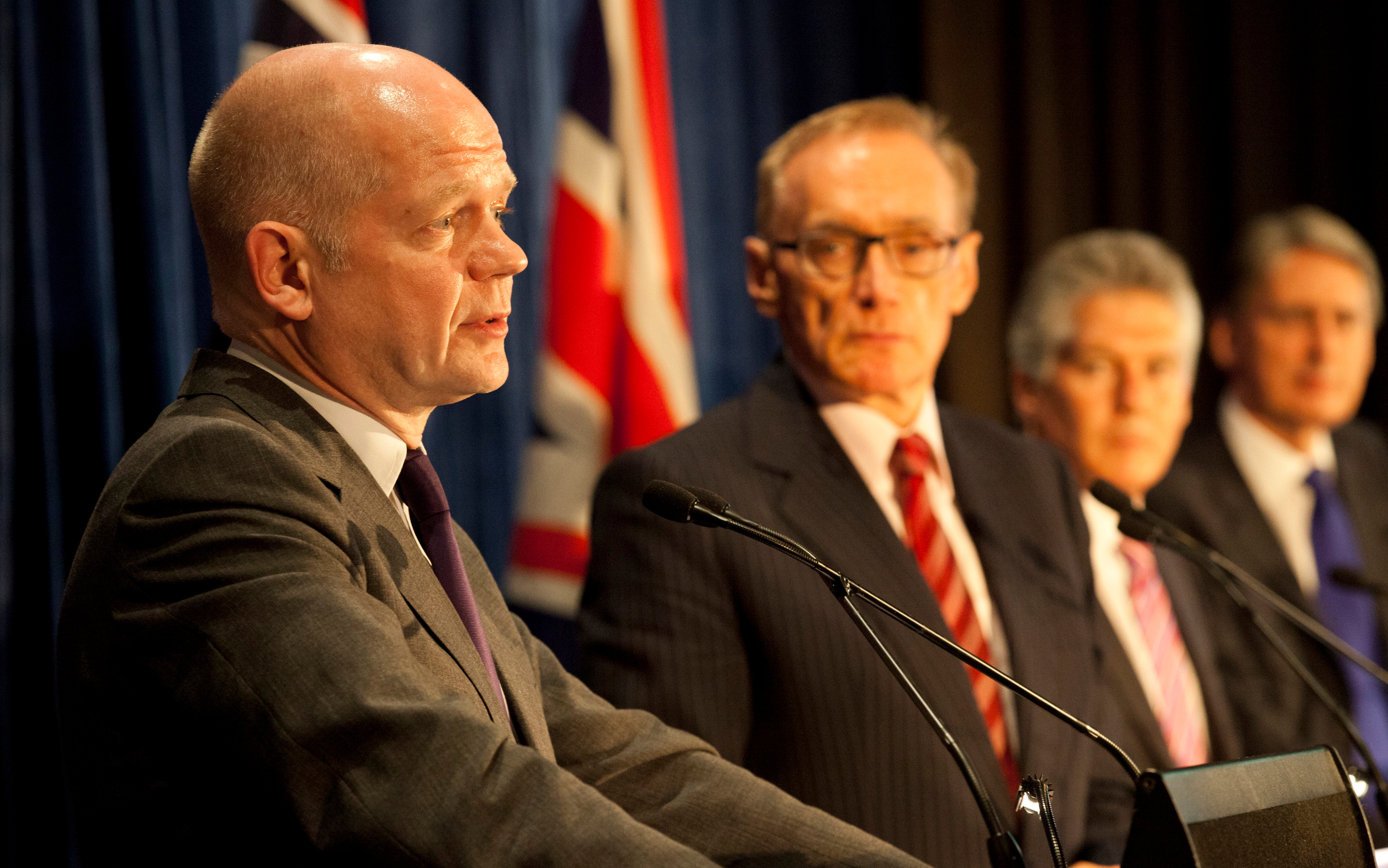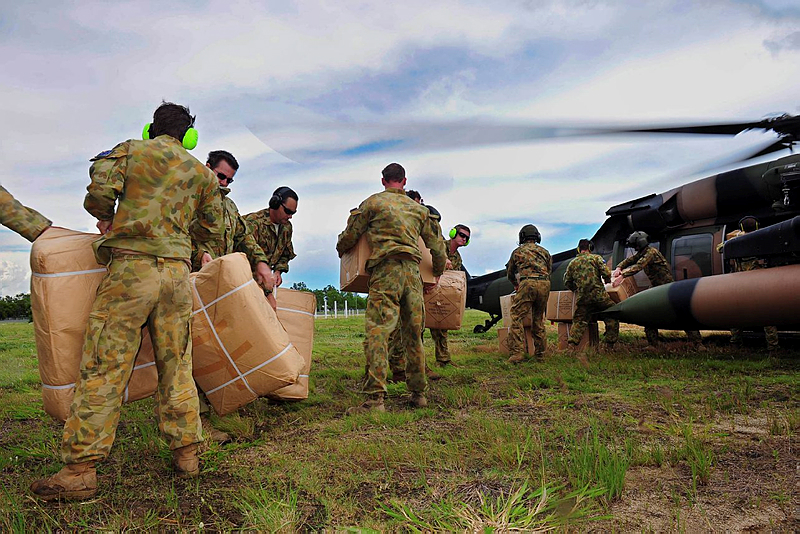A strategy as a statement
Having nearly a five year gap between ‘annual’ national security statements does offer one benefit—the chance to compare and contrast successive documents to assess directions and decisions. PM Gillard quietly disposed of the ‘annual’ burden in two ways. First, she trumped the National Security Statement Kevin Rudd issued in 2008 (PDF), with a grander sounding National Security Strategy. Second, she announced that the strategy will be renewed on a five-year cycle.
There is an element of Spinal Tap message management in going from a mere statement to the grand plains of strategy. But the shift makes sense at several levels beyond the political. The new five-year schedule for national security updates comes into line with the five-year cycle of Defence White Papers. Certainly, this strategy document settles some of the conceptual parameters for the White Paper that Defence is expected to issue by mid-year. And in a parallel with the Defence Capability Plan, there’s to be a National Security Capability Plan.
The National Security Strategy is the bridge that links the optimistic liberal internationalism of the Asia Century White Paper (we are all going to trade our way to happiness) to the state-based realism of the Defence White Paper (as Gillard expressed it, ‘the most basic expression of our sovereignty’). Read more

